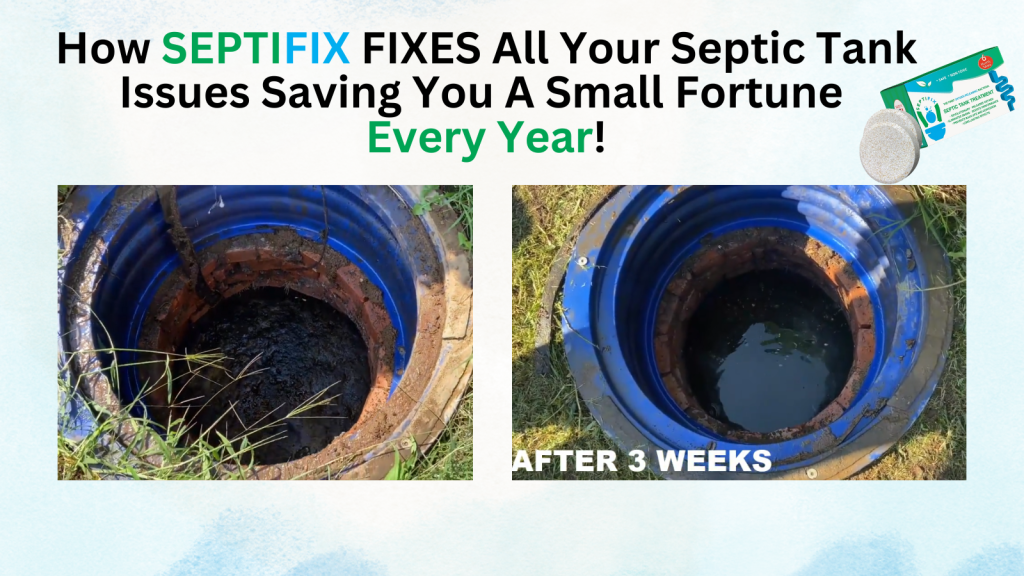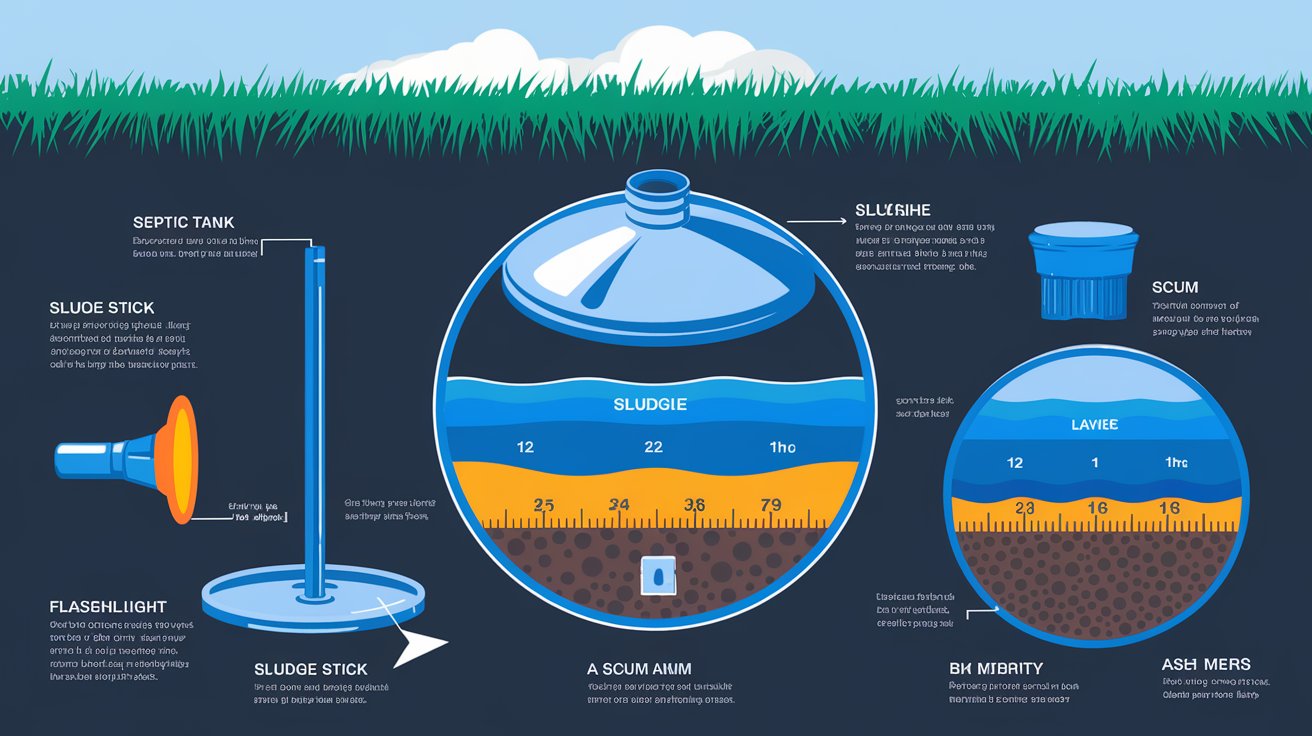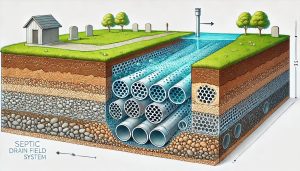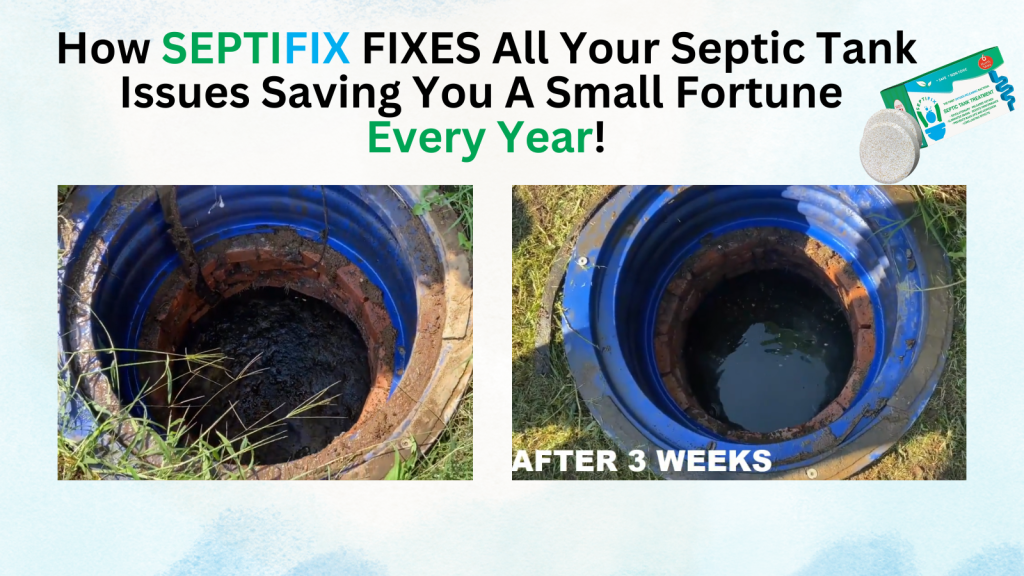Knowing how to check septic tank levels is essential for every homeowner who relies on an on-site wastewater treatment system. Whether you call it a septic system, onsite wastewater system, or sewer alternative, regularly monitoring tank levels can help you avoid messy backups, costly repairs, and system failure. This guide explains step-by-step how to measure your tank’s contents, the tools you need, and when to call a professional.
Table of Content
- Why Monitoring Septic Tank Levels Matters
- Tools Needed to Check Your Septic Tank Levels
- Safety First: Before You Open the Tank
- How to Locate and Open Your Septic Tank
- How to Measure Septic Tank Levels
- When to Pump Your Septic Tank
- Signs Your Septic Tank Might Be Full
- When to Hire a Professional
- Contact Info and Resources
- Conclusion
- Septifix: The Future of Septic Care
- Septic Permit Links by State
Why Monitoring Septic Tank Levels Matters
Routine septic checks help you:
- Prevent overflows and backups
- Avoid premature pumping or costly neglect
- Extend your system’s life span
- Protect your property and groundwater
Neglecting to monitor your septic tank can result in more than just unpleasant odors—it can damage the drainfield or cause raw sewage to back up into your home. Most tanks should be pumped every 3–5 years, but usage patterns and tank size affect this schedule. That’s why checking your levels matters.
Tools Needed to Check Your Septic Tank Levels
You don’t need high-tech gear, but some basics will help you stay safe and accurate.
DIY Tools:
- Sludge measuring stick or “sludge judge” – A long, clear pipe or pole designed to measure sludge at the bottom
- Gloves and protective clothing
- Tape measure
- Flashlight
- Pry bar or wrench – For removing the tank lid
Optional:
- Manhole riser – Makes access easier if your tank lid is buried deep
- Septic tank monitor – Electronic sensors that give real-time tank level readings
Safety First: Before You Open the Tank
Important: Septic tanks contain hazardous gases. Always work outdoors with proper ventilation, and never enter a septic tank. Exposure to gases like methane or hydrogen sulfide can be fatal.
When in doubt—or if you feel dizzy or unsure—call a licensed professional.
How to Locate and Open Your Septic Tank
Step 1: Find the Tank Lid
In most homes, the septic tank is buried 1–3 feet underground, typically 10–20 feet from the house.
Tips to locate the lid:
- Check property records or a septic layout map
- Look for sunken ground or access covers
- Use a metal rod to probe the soil gently
If your system has two compartments, you may have two lids. Be sure to check both.
Step 2: Remove the Lid Safely
Use your pry bar or wrench to lift the lid. Be cautious—some lids are very heavy. Keep children and pets away from the opening.
How to Measure Septic Tank Levels
Step 1: Inspect Visually
Shine your flashlight into the tank. You’ll see three layers:
- Scum (floating layer of fats and oils)
- Liquid effluent
- Sludge (solid waste settling at the bottom)
Step 2: Measure the Sludge
Insert your sludge stick vertically into the tank until it reaches the bottom. Wait a few seconds, then slowly withdraw it.
If your stick is clear or lined with paper, you’ll see the sludge line. Use your tape measure to determine how much of the stick is coated.
If the sludge is more than one-third the total depth of your tank, it’s time to schedule a pump-out.
Step 3: Check the Scum Layer (Optional)
Use an L-shaped tool or dipstick to gently measure the thickness of the scum. You may need a professional for an accurate scum measurement, especially if the layer is too thick to assess from above.
When to Pump Your Septic Tank
The general guideline is to pump every 3–5 years, but if:
- Sludge fills 1/3 or more of the tank depth
- Scum is within 3 inches of the tank outlet
- You notice slow drains, gurgling, or sewage odors
…it’s time to call your local septic service company.
Regularly checking levels helps prevent emergencies and ensures that your on-lot sewage treatment system operates efficiently.
Signs Your Septic Tank Might Be Full
Even without measuring, you may notice:
- Toilets flushing slowly
- Water pooling over your drainfield
- Foul odors near your tank or yard
- Bubbling sounds in plumbing
These are red flags you shouldn’t ignore.
When to Hire a Professional
While many homeowners can perform a basic level check, it’s wise to hire a pro if:
- You’re uncomfortable lifting the lid
- You suspect a system failure
- You want a detailed inspection report
- You have trouble locating the tank
Licensed septic inspectors can check levels, assess condition, and help schedule maintenance.
Contact Info and Resources
Looking to find a local pro or learn more? Here are helpful resources:
- EPA Septic System Overview
- National Onsite Wastewater Recycling Association (NOWRA)
- State-by-State Septic Regulations Guide
If you’re not sure where to begin, contact your county health department or local environmental services office. They often have system maps and maintenance records.
Conclusion
Knowing how to check septic tank levels helps you maintain your system, prevent problems, and save money in the long run. With the right tools and a little care, you can safely monitor your tank and make informed decisions about maintenance or pumping. But when in doubt, always consult a licensed professional.
Take control of your septic system today—your home, wallet, and the environment will thank you.
Septifix: The Future of Septic Care










